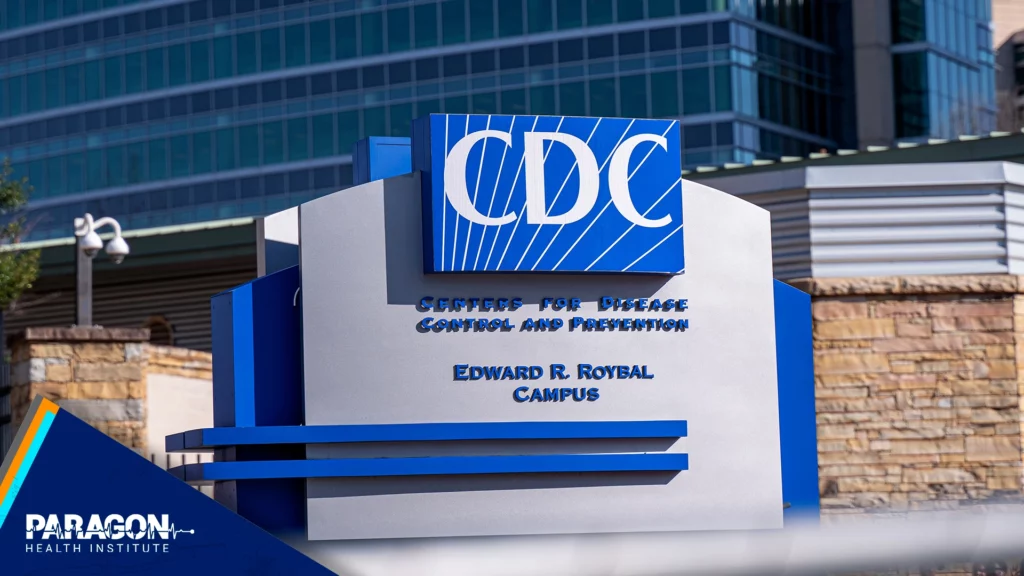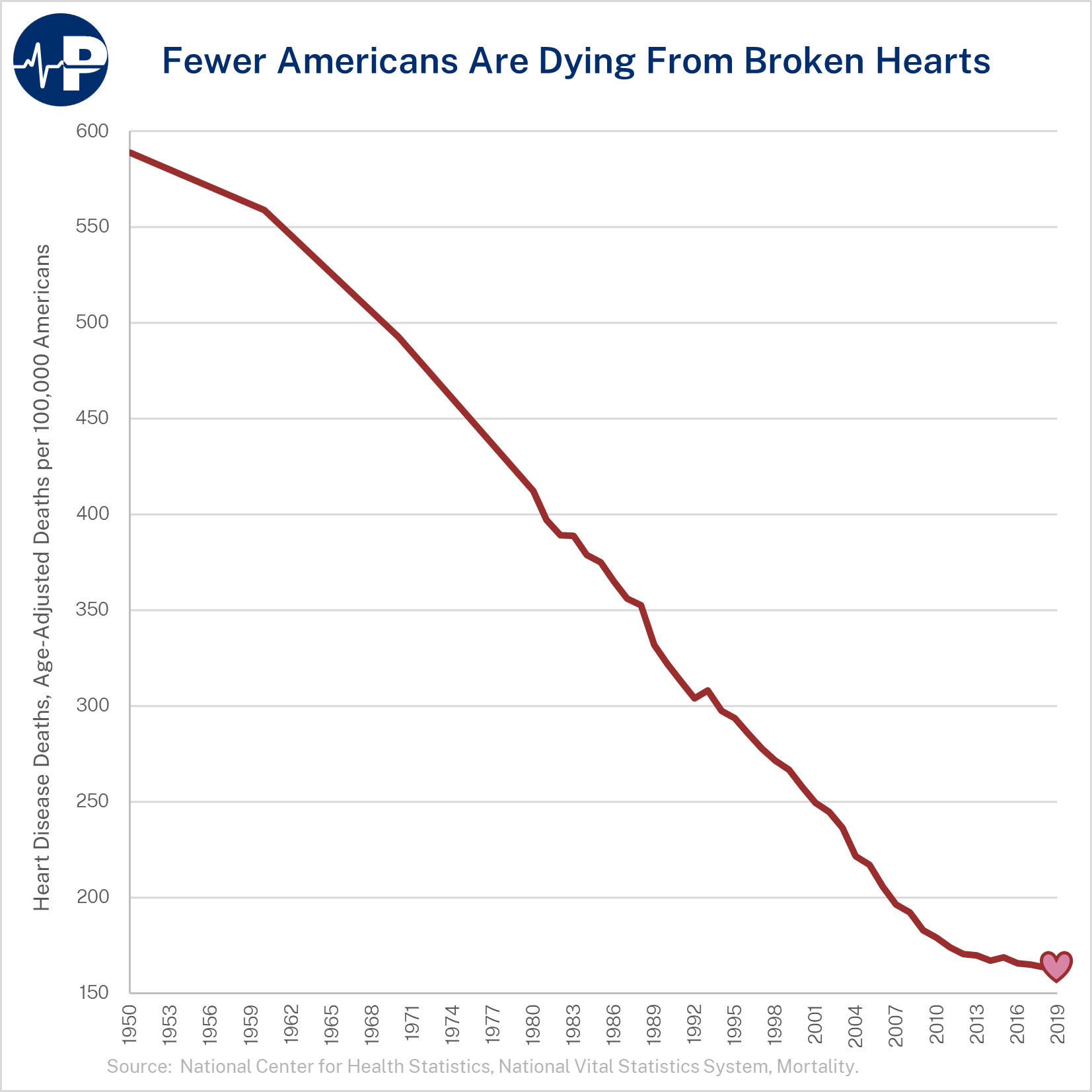Centers for Disease Control and Prevention Director Rochelle Walensky has finally admitted what has been obvious to most observers for 2½ years: The agency has been “responsible for some pretty dramatic, pretty public mistakes, from testing to data to communications.”
Walensky reached this eureka moment after commissioning in April a review of the agency’s COVID-19 performance. She promises to work toward developing a more nimble agency “that emphasizes accountability, collaboration, communication and timeliness.” These are laudable goals the CDC is, unfortunately, unlikely to meet.
The basic problem is mission creep. The CDC was founded in 1946 as the Communicable Disease Center with a $10 million budget and fewer than 400 employees. Its mission was to prevent the spread of malaria, but the agency’s responsibilities soon extended to other communicable diseases.
Since those early days, the CDC has grown into a huge agency — with a $15 billion budget and more than 15,000 employees — that has strayed far from its origins to address far-flung and fashionable concerns such as environmental justice and “health equity.”




